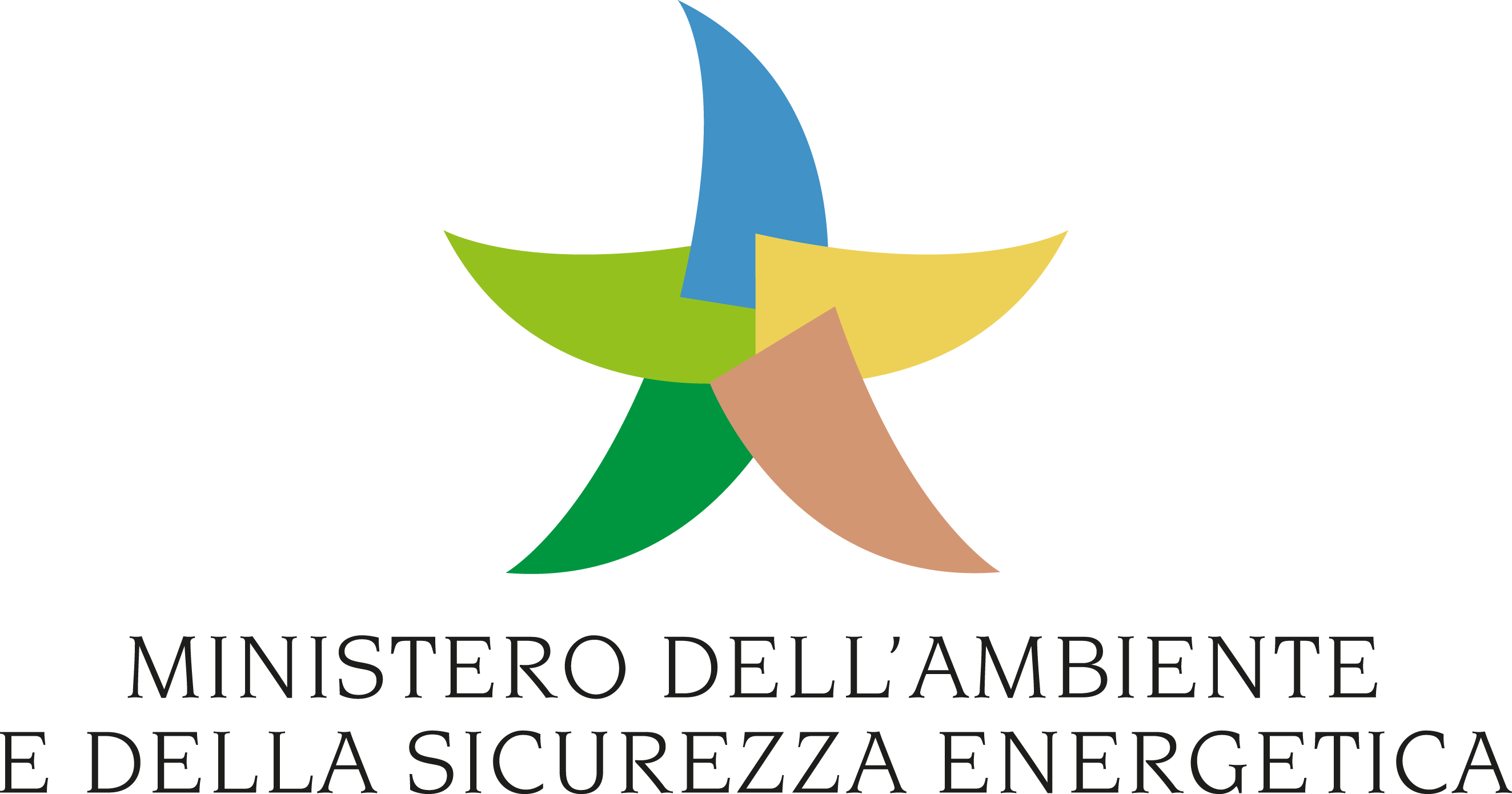August 13, 2018

Every tweet, like, comment, email and Google search produces a small amount of CO2, adding to the ongoing global pollution issue. What may seem like an inconsequential action could have a tremendous impact on the planet.
Bekki Ramsay has created an interactive piece that delves into just how much CO2 is given off by the online world, and how it’s affecting our environment:
Stand out stats include:

 2.5 million emails are sent out in a single second, with each email emitting around 4g of CO2
2.5 million emails are sent out in a single second, with each email emitting around 4g of CO2
 Each second 60.000 searches are made on Google, with each search producing 0.2g of CO2
Each second 60.000 searches are made on Google, with each search producing 0.2g of CO2
 Every year, each Facebook user emits enough carbon emissions to make a latte. With over a billion active Facebook accounts, that’s a lot of carbon emissions
Every year, each Facebook user emits enough carbon emissions to make a latte. With over a billion active Facebook accounts, that’s a lot of carbon emissionsFind out about the carbon footprint of the Internet in the infographic below.

What is a Digital Carbon Footprint?
When you think of the destructive causes that contribute to the breakdown of the Ozone layer, sitting behind a desk on your computer or flicking through your phone probably isn’t the first thing that comes to mind. However, thanks to the enormous number of data centers that are now needed to feed planet earth’s internet obsession, the online world is now beginning to damage the real world.
Here are some internet and social media stats per second and the resulting CO2 emitted.
Google Searches
In the modern world, Google is our gateway to any answer we’re looking for. As a result, there are over 60,000 searches made on Google every second. Combine that with the fact that the average search produces around 0.2g of CO2 and the number of emissions is quite remarkable.

Sending Emails
According to ‘internet live stats,’ there are more than 2.5 million emails sent every second with an “everyday” email emitting 4g of CO2. That is quite astonishing. Especially when they also say that around 67% off all emails are spam. Anti-virus specialists, McAfee, say that this number is even higher, reporting that a remarkable 78% of all incoming emails are spam and that approximately 62 trillion spam messages are sent every year.

Facebook’s growth is the perfect example of how things have escalated over the last ten years or so when it comes to internet usage. According to their sustainability report, in 2004 one million people were using Facebook, fast forward to 2016 and you need to replace the word million with billion and then some.
Facebook says that their annual per-user carbon emissions are 299g of CO2, which is less than making one latte or boiling one pot of tea. This is quite an achievement, but when there are so many people using the site, it still adds up to a lot of emissions.

Raffi Krikorian, a developer at Twitter once stated that each tweet consumes around 90 joules, equalling 0.02g of CO2 emissions. Hardly anything right? Correct. However, there are approximately 8,000 tweets written and published every single second.

Youtube
An article in the Guardian revealed that 1g of CO2 was emitted for every 10 minutes of YouTube watched or 0.0017g per second. That’s right, so the next time you’re up late at night watching funny cat videos, remember that those adorable, cute, and cuddly furballs mean you are contributing to the breakdown of the Ozone layer.

Banner and thumbnail photo credits to Pixabay.com

About the author
Bekki Ramsay is an avid lover of eco-living and has been since the tender age of three, where she threw her first major strop, as her own bloodline of a mother tried to emblazon her in an overly glittery, rabbit motif t-shirt. Turning this trauma into an infatuation with both style and storytelling, she now works as a freelance writer and blogger.


